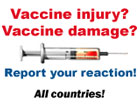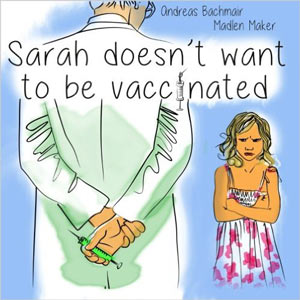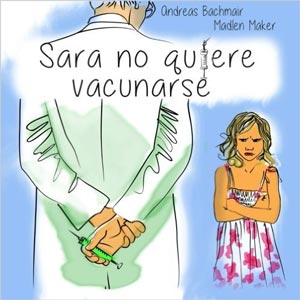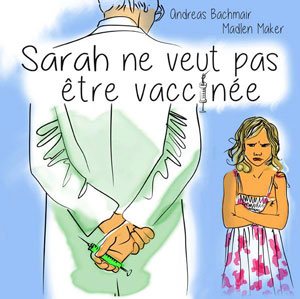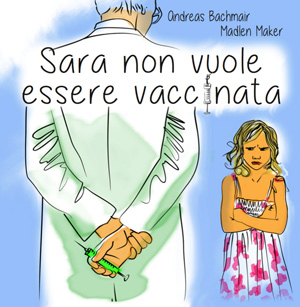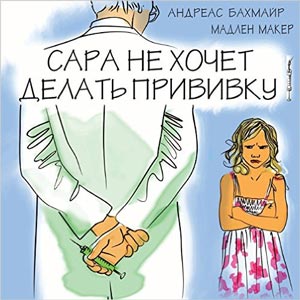Rabies Disease
Virus
The rabies virus is transmitted to humans through the saliva of a bite or scratch of an animal with rabies. A very large volume of the virus is necessary for the person to come down with rabies which is why not every bite of an animal which has rabies leads to the person bitten coming down with the disease. Only about 1% of the people who have been bit come down with rabies.
Clinical picture
After an incubation period of three weeks to three months, rarely up to one year ( Pschyrembel) the scar of the bite turns red. The patients get a severe headache accompanied by fever and have a very sensitive reaction to light and sounds, accompanied by anxiety and restlessness. At a later stage there are muscle cramps of the breathing muscles and paralysis of the heart. The patients salivate and experience a very strong sense of thirst without being able to swallow.
Therapy
Mainstream medical therapy consists in immediately vaccination with a non-live vaccine, one day later passive immunization with immunoglobulin. If there disease erupts treatment is extremely difficult and the patient generally dies. The deadly progression of the disease can only be delayed by intensive care unit medical treatment.(http://www.medicine-worldwide.de/krankheiten/infektionskrankheiten/tollwut.html). In the mean time there is a new treatment method due to which patients receive antiviral medication and an artificial coma is induced. This had saved the life of a 15-year-old patient in the
Complications
Respiratory paralysis
Immunity
If the person comes down with the disease, they die.


